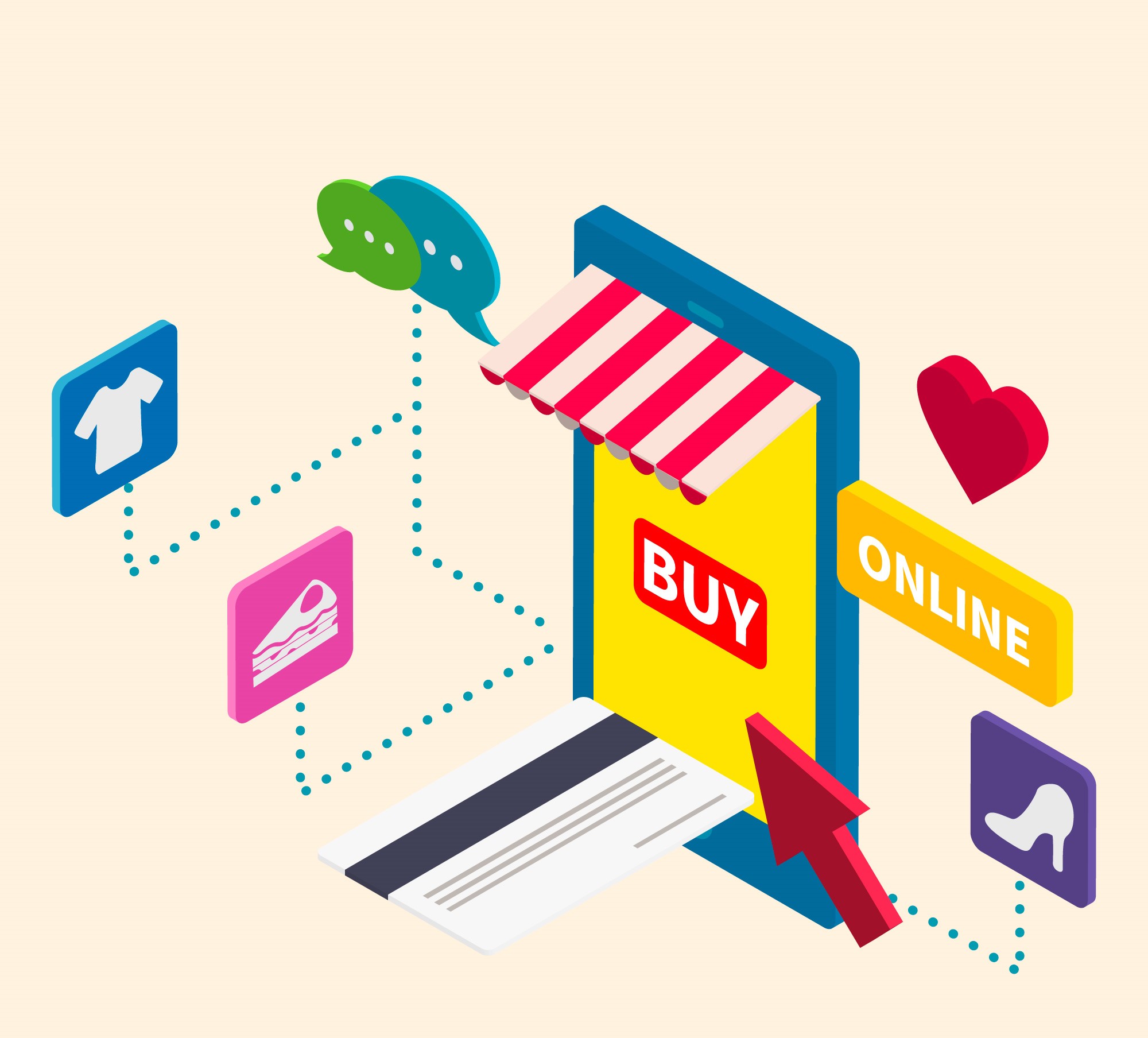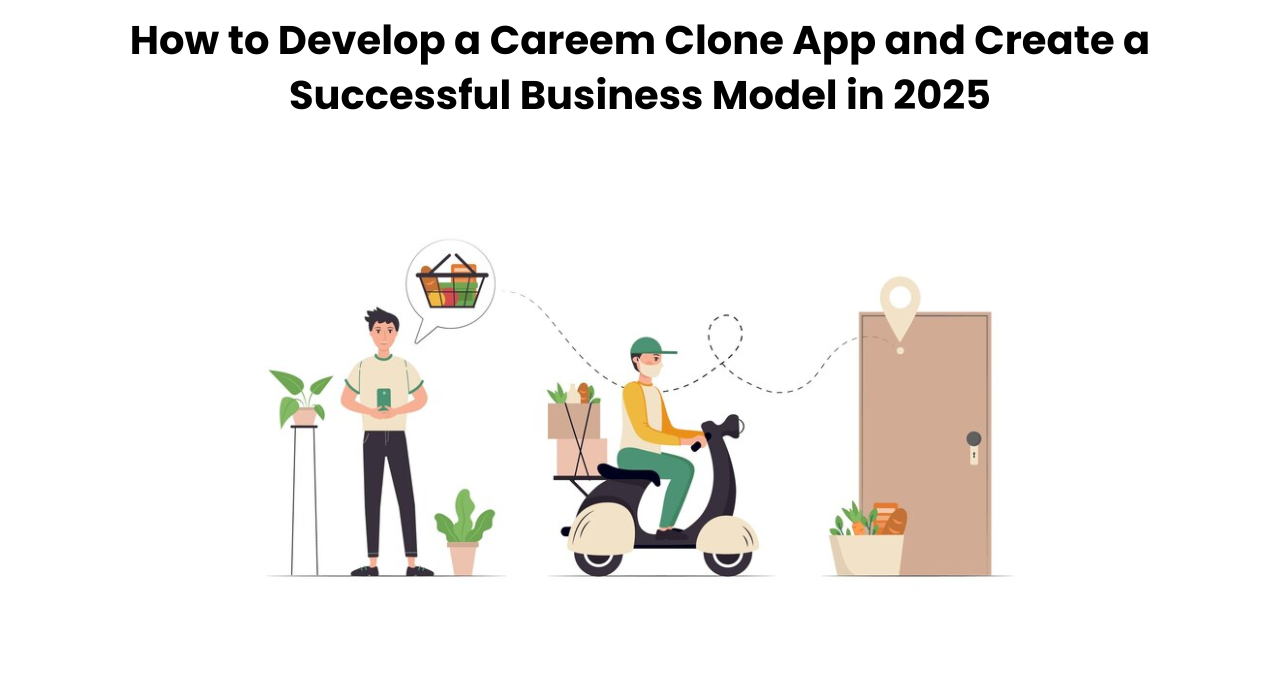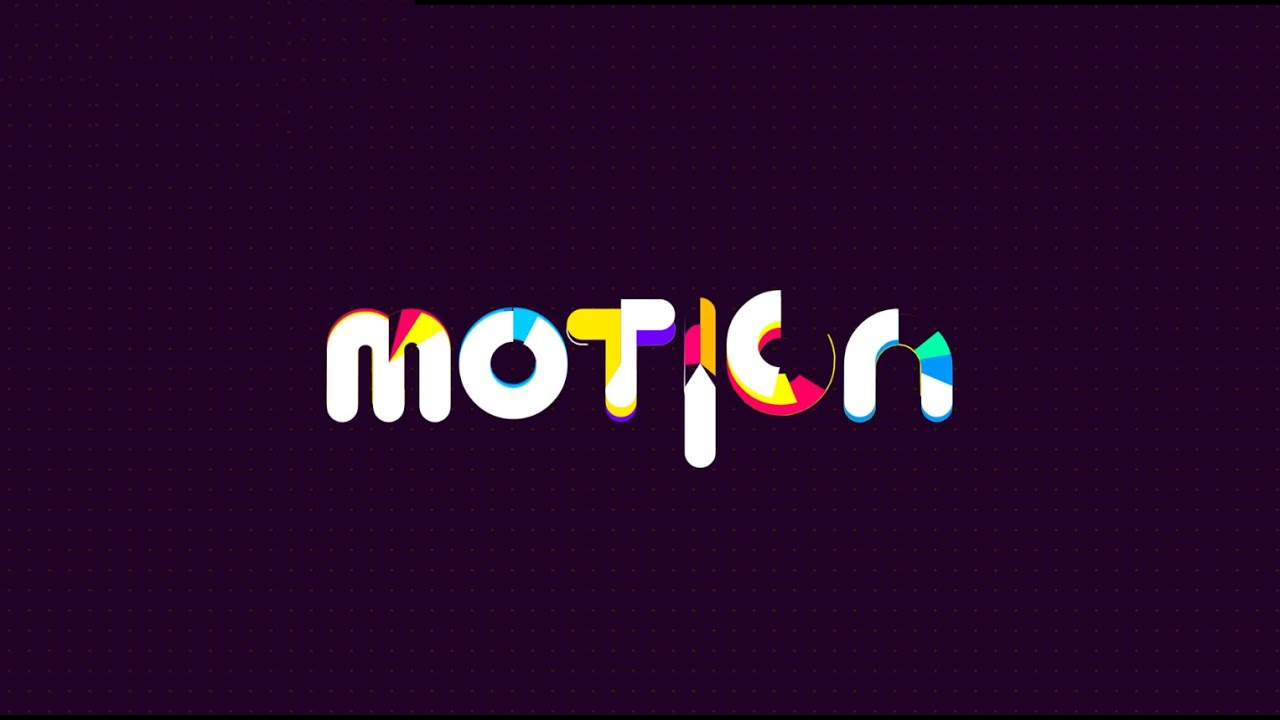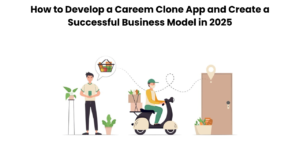Is It Affordable to Build a Marketplace App for Your Startup?
Building a marketplace app has become one of the most popular ways for startups to tap into the digital economy. With platforms like Amazon, Etsy, and Uber proving the immense potential of online marketplaces, many entrepreneurs are eager to replicate their success. However, one of the most common questions that arises is: Is it affordable to build a marketplace app for your startup?
The simple answer is yes—it is possible to build a marketplace app on a budget, but affordability depends on various factors. From the choice of development approach to features and technology, there are many ways to manage costs without compromising the quality and functionality of your app. In this blog, we will explore the factors that influence the cost of build marketplace app and how startups can approach the development process affordably while ensuring long-term success.
- Understanding the Marketplace Model
Before diving into the specifics of cost, it’s important to understand the type of marketplace app you want to build. Marketplaces can vary significantly depending on their structure, and this will impact the overall cost of development. The three most common types of marketplace models are:
- Peer-to-Peer (P2P): This model connects individuals who want to sell or share their goods or services with other individuals. Examples include Airbnb and eBay. Developing a P2P marketplace can involve more complex features like user profiles, reviews, and payment processing, which can increase costs.
- Business-to-Consumer (B2C): In a B2C marketplace, businesses sell products or services directly to consumers, similar to Amazon. This model may require advanced product management systems, making it slightly more expensive to build but often more scalable in the long run.
- Business-to-Business (B2B): In this model, businesses trade with other businesses. B2B marketplaces typically have specialized features such as bulk ordering, negotiated pricing, and account management, which may increase development costs.
Understanding which model best fits your business will help in estimating the costs and setting realistic expectations.
- Factors Influencing the Cost to Build a Marketplace App
When considering the cost of building a marketplace app, it’s essential to break down the various components that contribute to the total expense. Here are the primary factors that influence the cost:
- Design and User Experience (UX)
The design and user experience of your app plays a crucial role in its success. An intuitive and visually appealing design will keep users engaged and coming back to your platform. The complexity of your design can significantly affect the overall cost.
- Basic Design: A simple, minimalist design with basic navigation and features can be affordable and functional.
- Custom Design: If you opt for a more intricate, custom design with animations, complex layouts, and a distinct user interface, the cost will increase due to the need for more development time and expertise.
A well-thought-out design doesn’t have to be expensive, but investing in good UX/UI is vital for a marketplace app’s success. Keep in mind that user-friendly design is essential, but it can be achieved affordably by working with skilled but reasonably priced designers or by using pre-built templates.
- Development Team
The team you choose to develop your marketplace app will have a significant impact on cost. There are different options available depending on your budget:
- In-house team: If you have the resources, building an in-house development team gives you more control over the process. However, hiring full-time developers, designers, and project managers can be costly for a startup.
- Freelancers: Hiring freelance developers can be a more cost-effective option, especially if you have a clear project scope and timeline. However, managing freelancers and ensuring quality can sometimes be challenging.
- Development Agencies: Working with a development agency that specializes in marketplace apps can streamline the process and ensure a high-quality product. While this option can be more expensive upfront, it can save time and effort by providing a full team of experts.
- Low-Code or No-Code Platforms: Startups with limited budgets can opt for low-code or no-code platforms like Bubble or Webflow, which allow you to build apps with minimal coding. These platforms can significantly reduce costs, but they may limit customization and scalability.
Choosing the right team is crucial in balancing cost and quality. Freelancers or agencies in regions with lower development costs, such as Eastern Europe or Southeast Asia, can be a great way to reduce expenses without compromising quality.
- Features and Functionality
The more complex your app’s features, the higher the development costs. Some essential features of a marketplace app include:
- User Profiles: Allow buyers and sellers to create and manage their accounts.
- Product Listings: Enable sellers to list products or services with descriptions, photos, and pricing.
- Search and Filters: Let users search for items or services based on categories, prices, and other filters.
- Payment Processing: Implement a secure and reliable payment gateway to facilitate transactions.
- Ratings and Reviews: Allow users to leave feedback on products or services to build trust within the marketplace.
If you want to build advanced features like real-time messaging, AI-powered recommendations, or multi-language support, these will add to the development cost. For startups with a limited budget, it’s often better to focus on building a minimum viable product (MVP) with essential features first. Once your app gains traction, you can invest in adding more advanced functionality.
- Technology Stack
The technology stack you choose will also influence the overall cost of building a marketplace app. Popular technology stacks for marketplace app development include:
- Front-End: React Native, Flutter, or Swift for mobile development and React or Angular for web applications.
- Back-End: Node.js, Django, or Ruby on Rails for back-end development.
- Database: MySQL, PostgreSQL, or MongoDB for managing user data and transactions.
- Hosting and Infrastructure: Cloud-based solutions like AWS, Google Cloud, or Microsoft Azure offer scalable hosting options but come with monthly costs based on usage.
For startups looking to minimize costs, using open-source technologies or opting for cloud-based infrastructure can be a smart move. Many cloud services offer free or low-cost tiers for startups that help keep operational costs low.
- Maintenance and Updates
Once your app is built and launched, there will be ongoing costs for maintenance, bug fixes, and updates. These are essential to ensuring your marketplace app runs smoothly and remains competitive in the market. Budgeting for ongoing development and support is critical to sustaining your app’s long-term success.
- How to Build a Marketplace App on a Budget
Affordability is key for startups, and there are several strategies you can implement to keep costs under control without sacrificing the quality or functionality of your marketplace app:
- Start with an MVP
A minimum viable product (MVP) allows you to test your app concept with a basic version before investing in advanced features. Focus on core functionalities like user registration, product listings, and payment processing. Once you validate your idea and gather feedback, you can add more features as needed.
- Use Off-the-Shelf Solutions
Instead of building every feature from scratch, consider using third-party solutions for functionalities like payment processing, user authentication, and search. Platforms like Stripe or PayPal offer easy-to-integrate payment gateways that save both time and money.
- Focus on Essential Features
Rather than trying to launch a fully-featured marketplace from day one, focus on building the features that are essential for your app’s success. Additional features can be added incrementally as your app gains traction.
- Leverage Low-Code Development
If your app doesn’t require highly customized features, consider using low-code or no-code platforms. These platforms offer pre-built modules and drag-and-drop interfaces, allowing you to build a marketplace app at a fraction of the cost compared to traditional development.
- Outsource Development
Outsourcing development to regions with lower labor costs can significantly reduce the overall expense. Many high-quality developers and agencies in countries like India, Ukraine, and the Philippines offer competitive rates for app development services.
- The Long-Term ROI of Building a Marketplace App
While the initial investment to build a marketplace app might seem daunting, it’s important to consider the long-term return on investment (ROI). A successful marketplace app has the potential to generate significant revenue through transaction fees, subscription models, and advertising.
By focusing on user engagement, building trust, and scaling your platform over time, your marketplace app can become a valuable asset that drives business growth and revenue.
Conclusion
In conclusion, building a marketplace app for your startup can be affordable if approached strategically. By focusing on an MVP, using low-code platforms, outsourcing development, and choosing essential features, you can keep costs down while still delivering a high-quality product. Although the development cost may vary based on design, features, and team, the long-term ROI makes it a worthwhile investment for startups looking to tap into the digital marketplace economy. With careful planning and the right development approach, you can build a marketplace app that drives your startup’s success without breaking the bank.














Post Comment